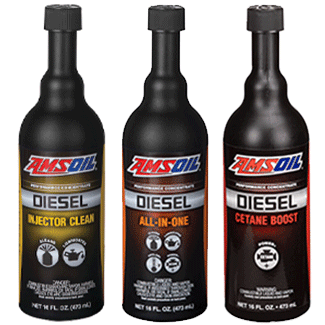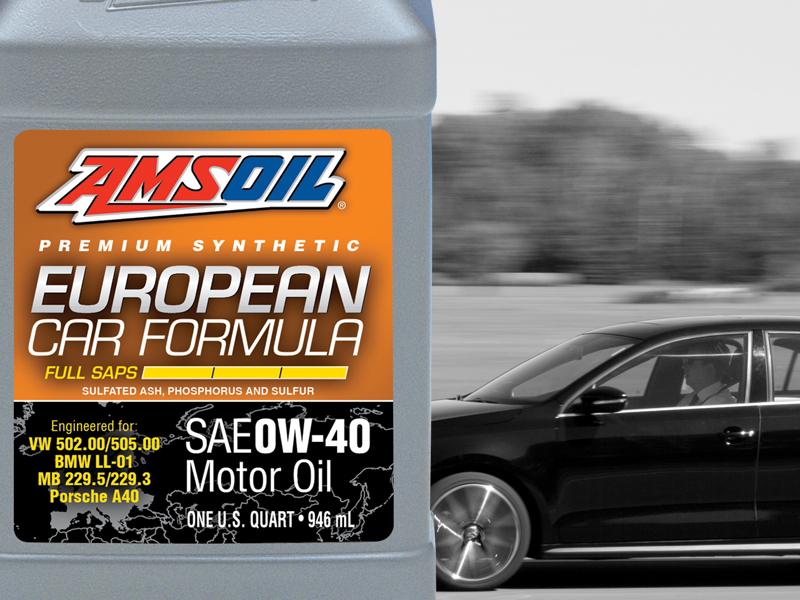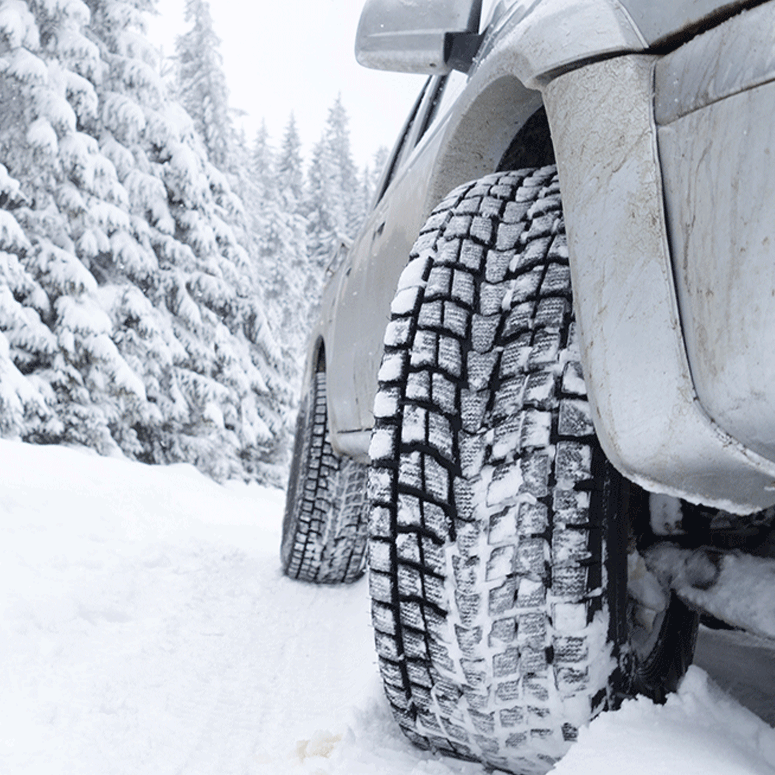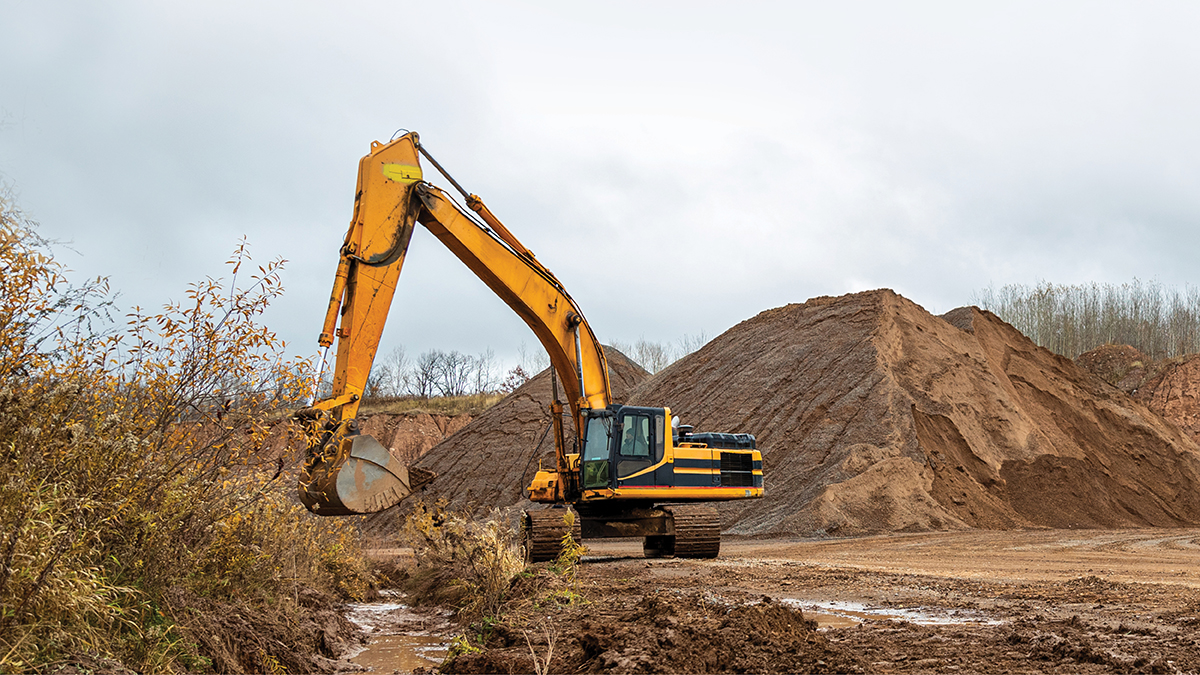Ice storms are most common when the air temperature is close to freezing and blizzards become more likely as temperatures fall below freezing. Both can reduce visibility and create slippery road conditions that require enhanced vigilance and safe driving practices.
Whether freezing rain, sleet, snow or ice, the best time to prepare your vehicle for slick and hazardous roads is before winter arrives. Here are some recommendations to get your vehicle ready for severe weather and be prepared for winter driving.

Prep your vehicle
- Battery – Cold temperatures are a battery killer. Check the battery voltage to ensure it has enough juice for cold starts and recharge it or replace it if necessary. Clean any corrosion from the battery terminals and verify the alternator is operating properly and belts are in good shape.
- Antifreeze – Verify existing antifreeze will provide subzero protection with a simple test available at any auto parts store. If it’s been several years since the antifreeze has been changed or there’s sludge or slime in your radiator, have it flushed and refilled.
- Wipers – Wiper blades are cheap visibility insurance in stormy weather, so replacing them before winter weather starts is always smart. Fill the washer reservoir with a quality freeze-resistant fluid.
- Brakes – Stopping safely is more difficult on slick roads. If the brakes seem soft, noisy or unresponsive, have the brake fluid, pads, rotors and lines checked. Snow and ice from your boots can also accumulate on the floor mat, restricting the pedals, so check the mat regularly.
- Fuel – Maintaining at least a half tank of fuel allows you to use the cabin heater to stay warm if you become stranded. It also helps prevent condensation from collecting in the tank. Diesel fuel can gel in extreme cold, so put some AMSOIL Diesel Cold Flow in the tank to keep your fuel flowing.
- Tires – Tires should be inspected monthly for damage, wear and proper inflation, regardless of the season. Don’t forget to check the spare tire, too. Keep a pressure gauge in the vehicle as part of the tire service kit. There are more tips on snow tires below.













Comments
AMSOIL Technical Writer and 20-year veteran of the motorcycle industry. Enjoys tearing things apart to figure out how they work. If it can’t be repaired, it’s not worth owning.
Share: